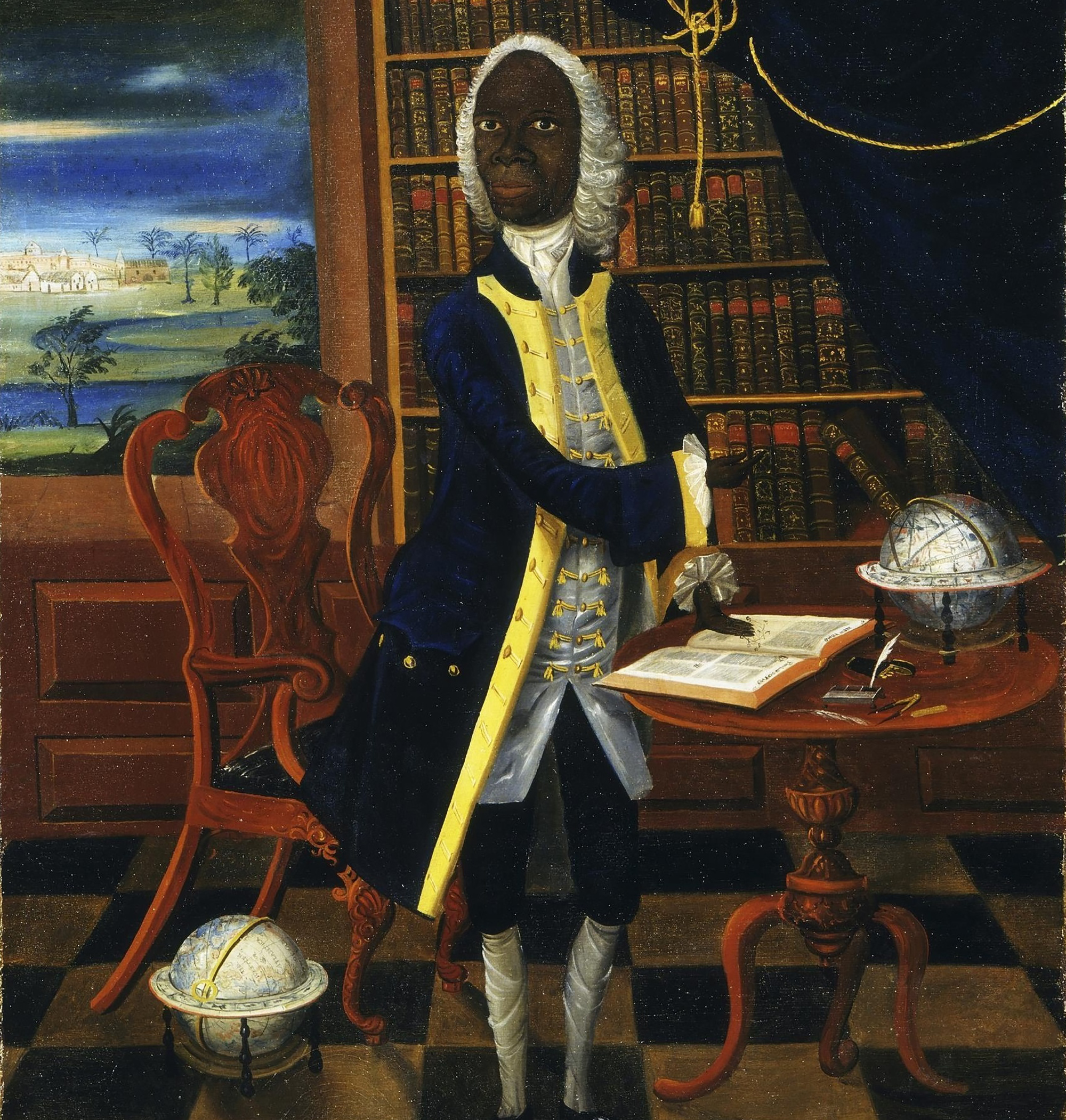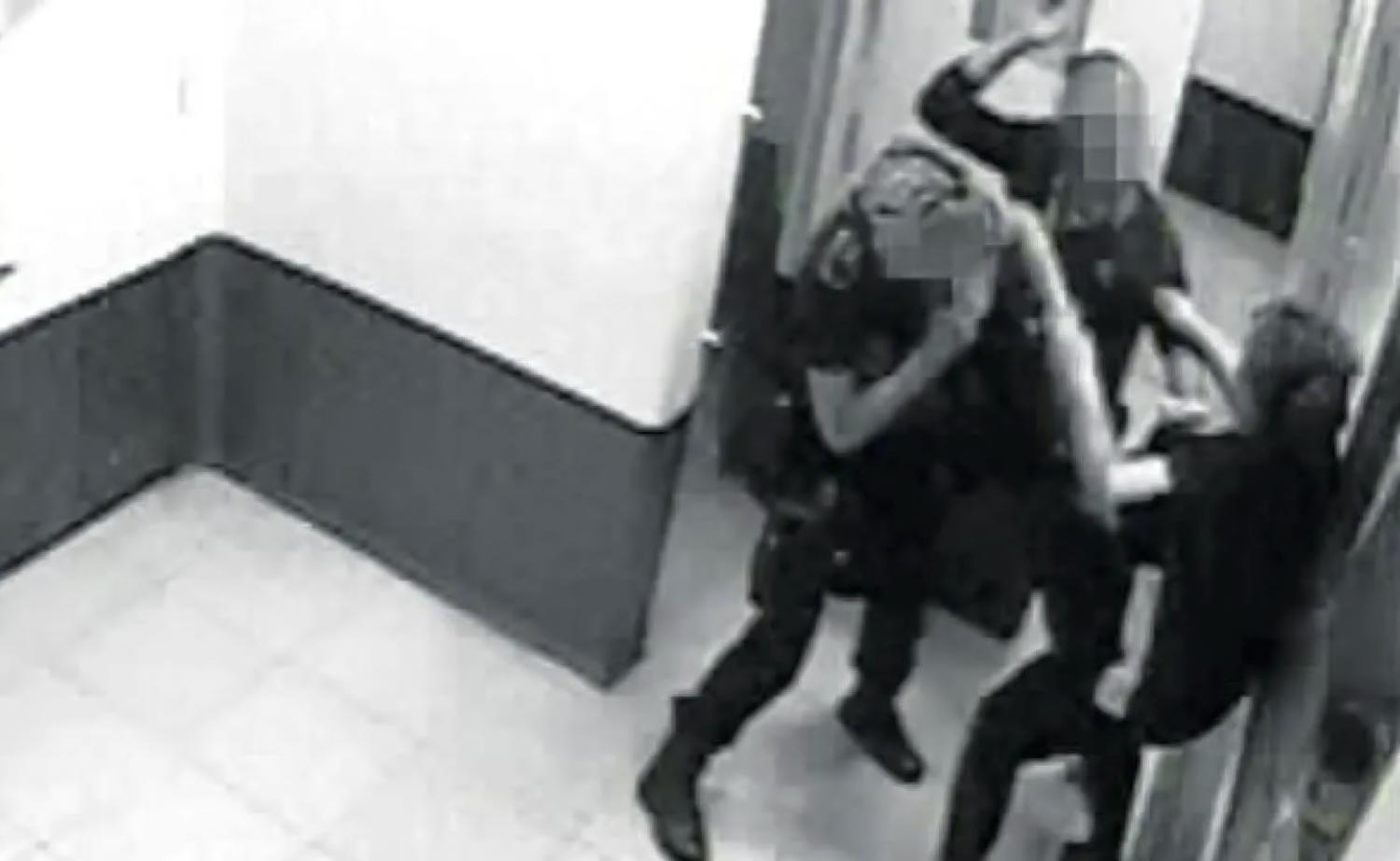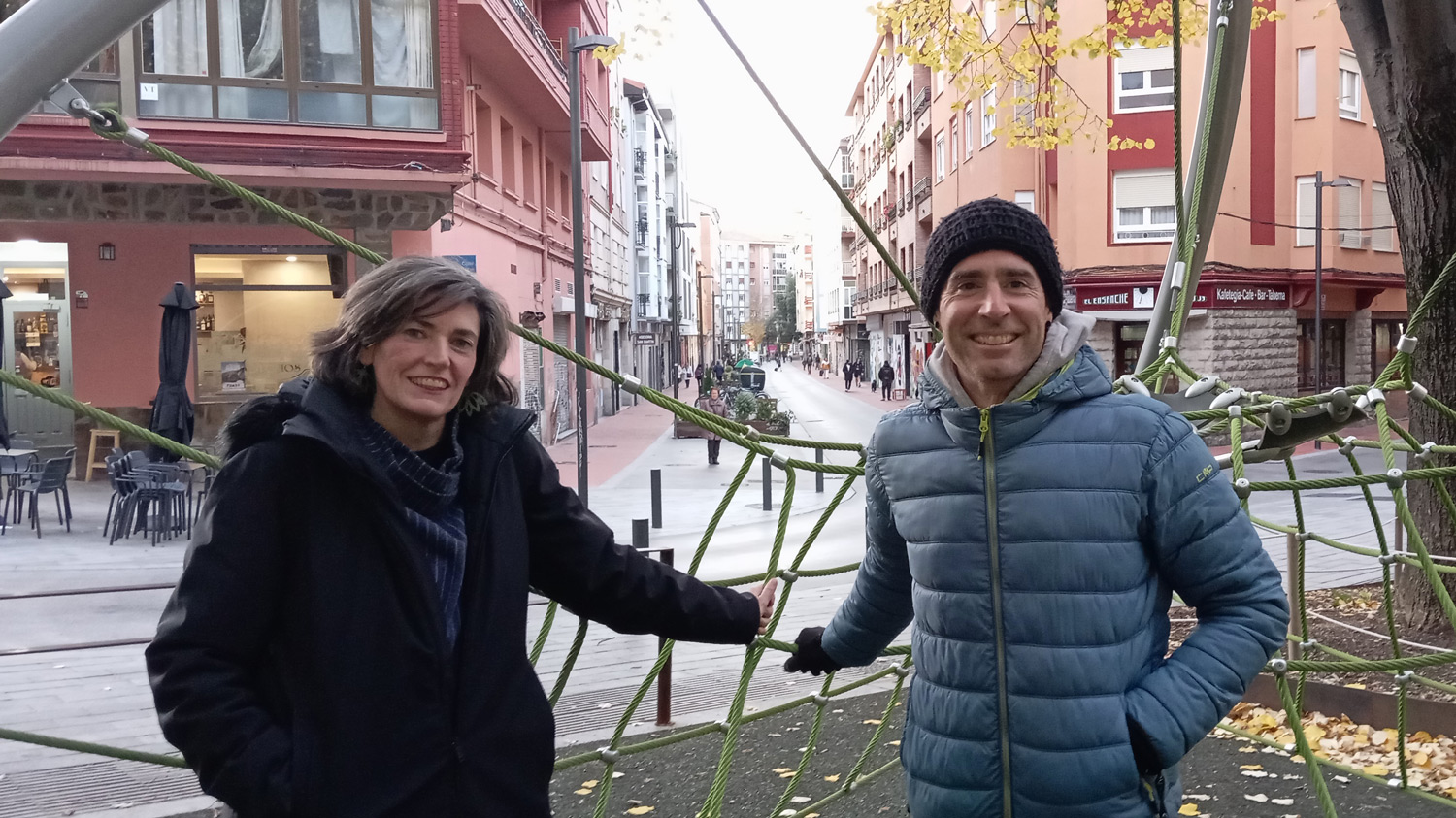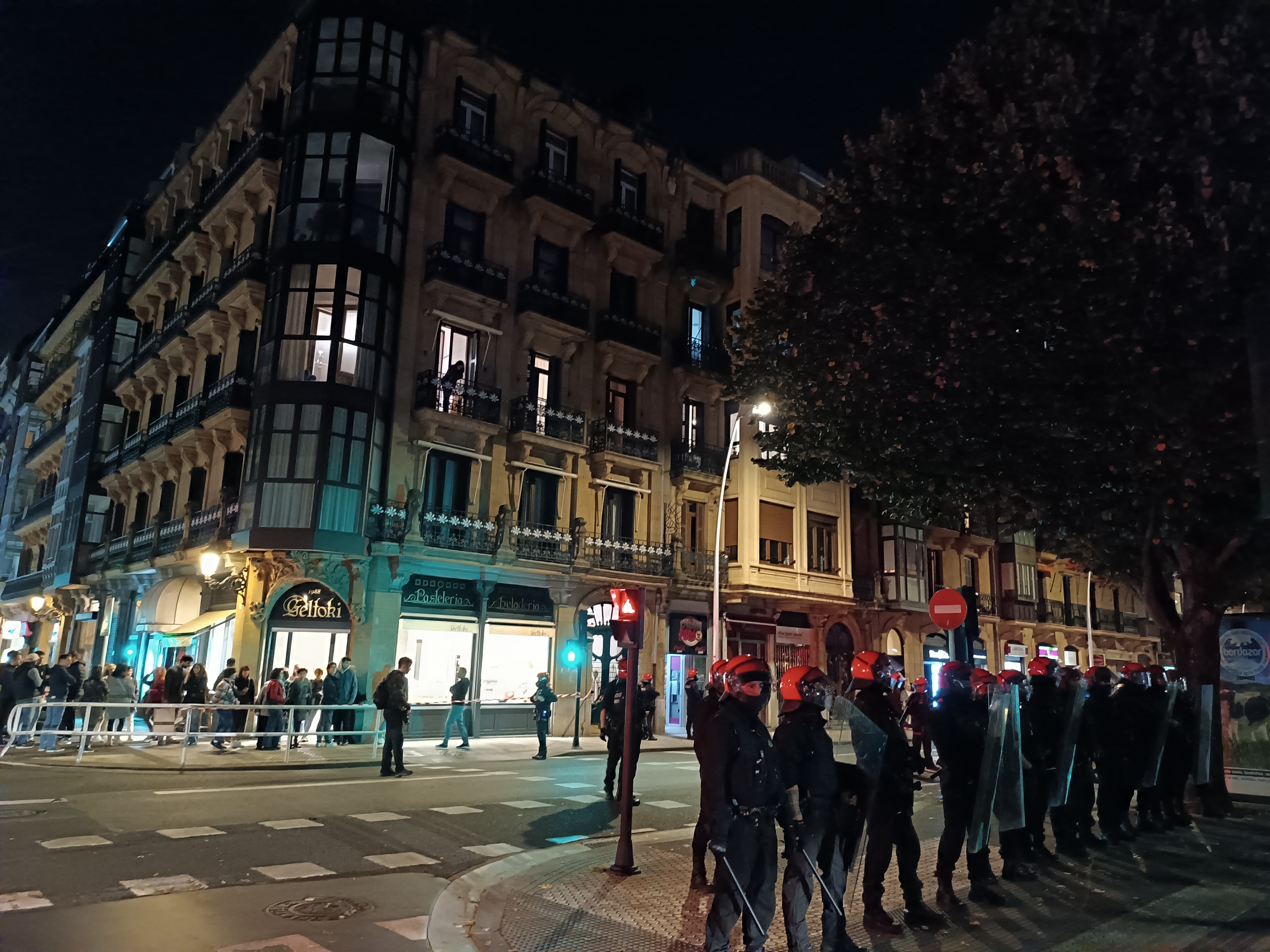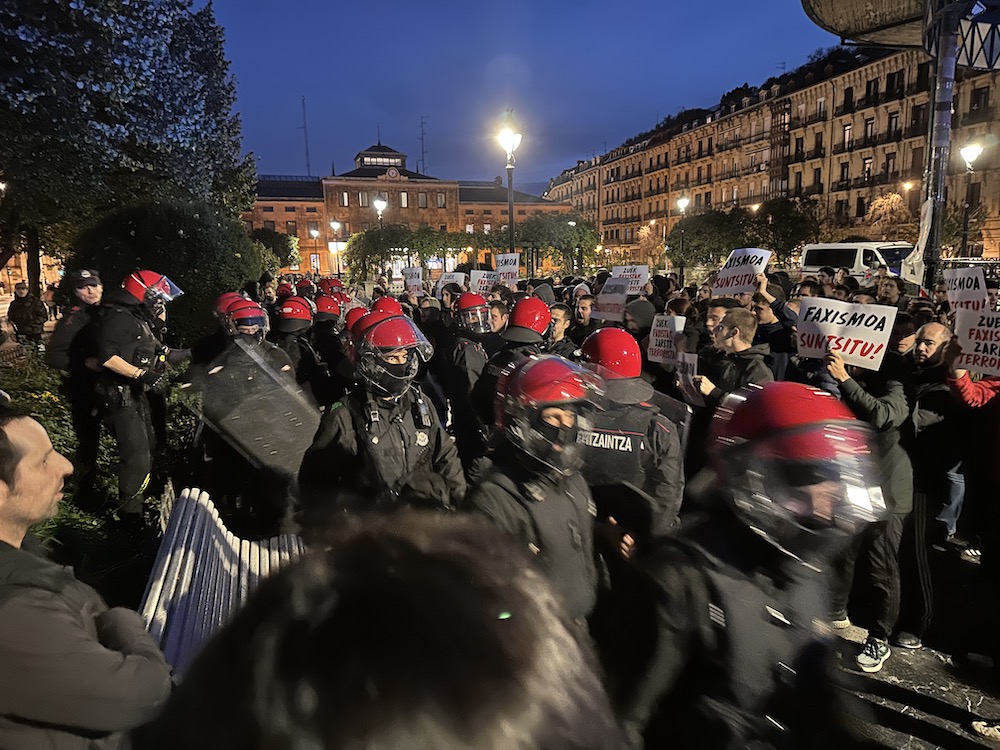
The most magical weeks of the year, or rather, the most consumerist, come. Many would like to receive gifts from Olentzero's bag, as if it fell from the sky, but the reality is that at Christmas it is our bags that suffer the most, we start the year with empty pockets. In the name of magic, we're not going to disillusionment the little ones in the house. How much trust in the goodness of the small farmer!
But many of those who enthusiastically defend Basque traditions also do not have enough with the Olentzero, and they also celebrate the arrival of the Magi. Our streets are filled with colorful parades, and three men look, sheltered by their pages, pompous and gold jewelry. What's your king? Notice, in many villages there is a king who has more black paint than Olentzero's face, blackened by coal, and who will dirty his cheek when kissing. Yes, it's Baltasar, a white Baltasar, who in 2024 continues to practice racist blackface.
No, criticism is not “false and cohesive” to have the face painted, and that children can discover that it is not “true” Baltasar. No. The truth is that painting the face in black has for centuries been an offense to racialized people (s. XIX). In the 15th century it succeeded in the United States, but there are examples from the 15th century), and it remains. This “costume” was used in theatre and music by white people, who represented black enslaved people, with very black skin and thick, red-mastered lips to turn them into caricatures. That is, in the name of humor, whites laughed at the blacks, as reporter Ana Bueribe reminds in the Afro-Collective medium.
It was precisely in 2020 that ETB’s Barre Librea program crossed those frontiers of humor, and SOS Racism of Bizkaia and other associations denounced that the black that took place on the television program was racist. Thanks to this complaint, the authors erased the scene and asked for forgiveness. From the United States, which knows very well what racism is, in many parts of the world it is unthinkable to keep blackface on the street and with peace of mind. Haven't we noticed yet in the Basque Country? It is true that in recent years this racist practice has ceased to be practised in some peoples and that the debate has taken place, as in Pamplona/Iruña. But in general there is no awareness, otherwise not so many Baltasar would be seen in the horseback riding on January 5; we are very lost on the subject, the most progressive as well. Does this year Olentzero bring us the anti-razist magic? Or will it be more effective for us to change to the racist Baltasar?
London 1928. At the Victoria and Albert Museum there was a very special painting: in the painting there is a black man, with wig and Levite, surrounded by books and scientific instruments. Thus it was catalogued in the Museum: “Unique satirical portrait representing a failed... [+]
We live in a context in which anti-feminist and racist hate speech at the global level is on the rise. Far-right narratives are inserted throughout the world by
social networks and political agendas. Racism and anti-feminism have become two great discursive axes that adapt to... [+]









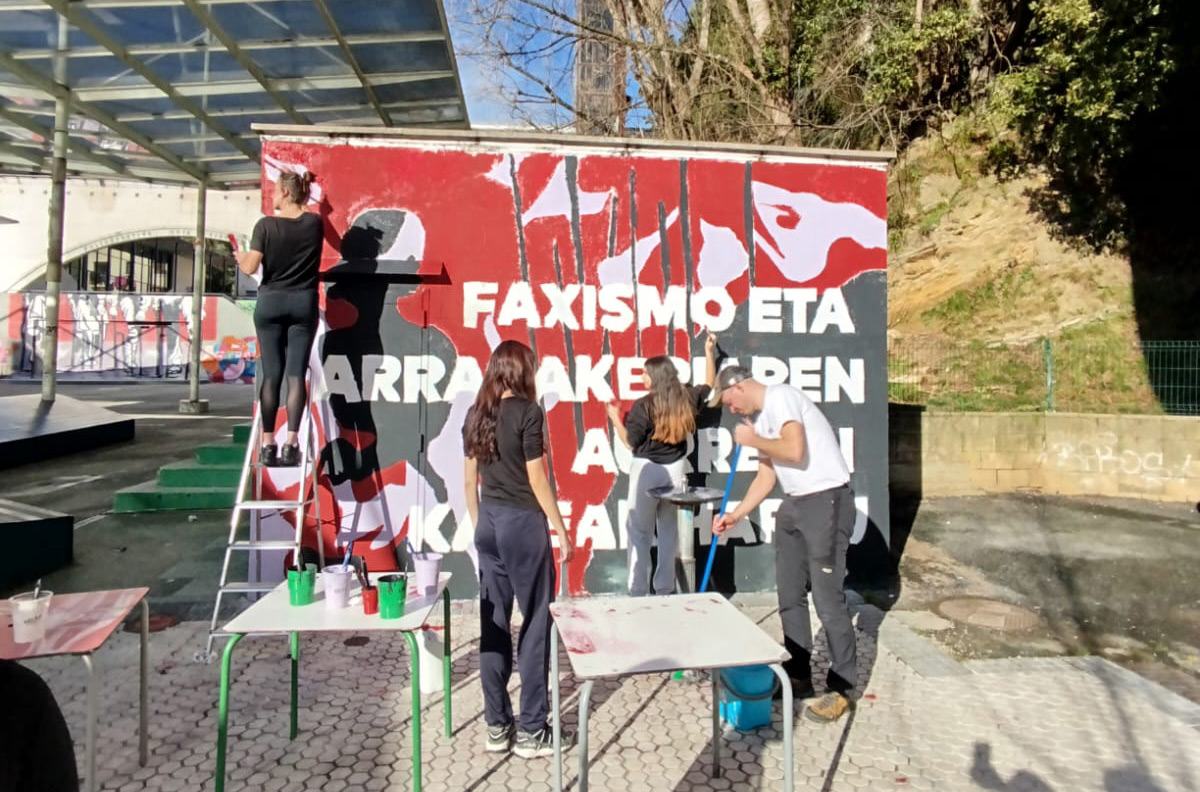
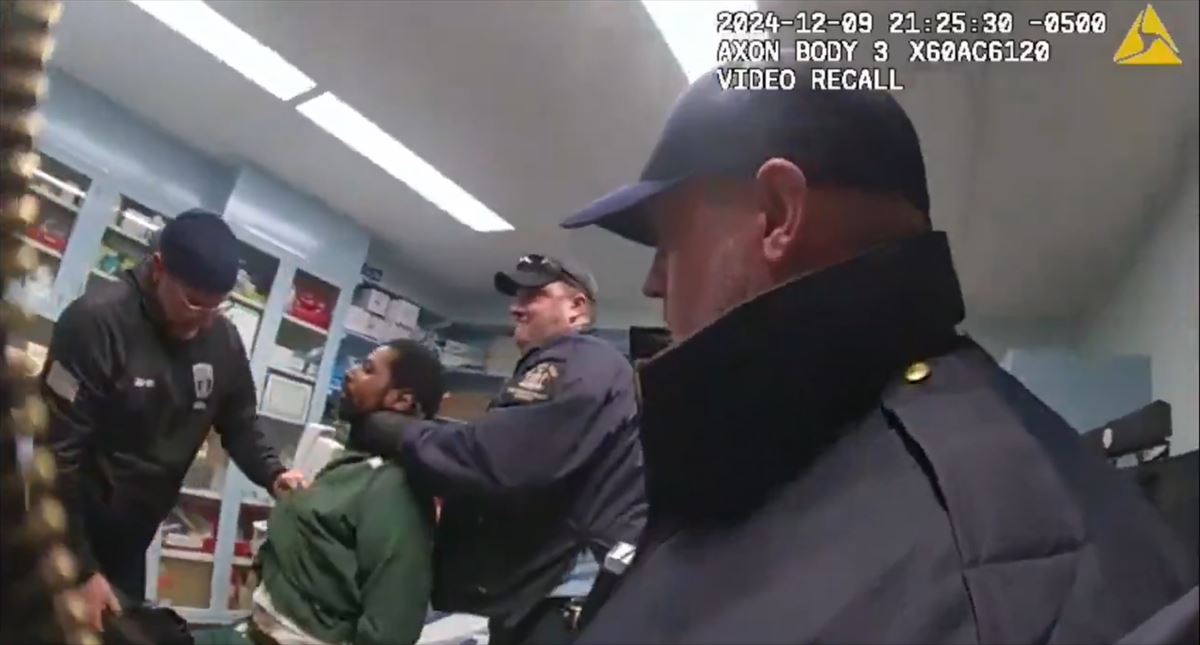
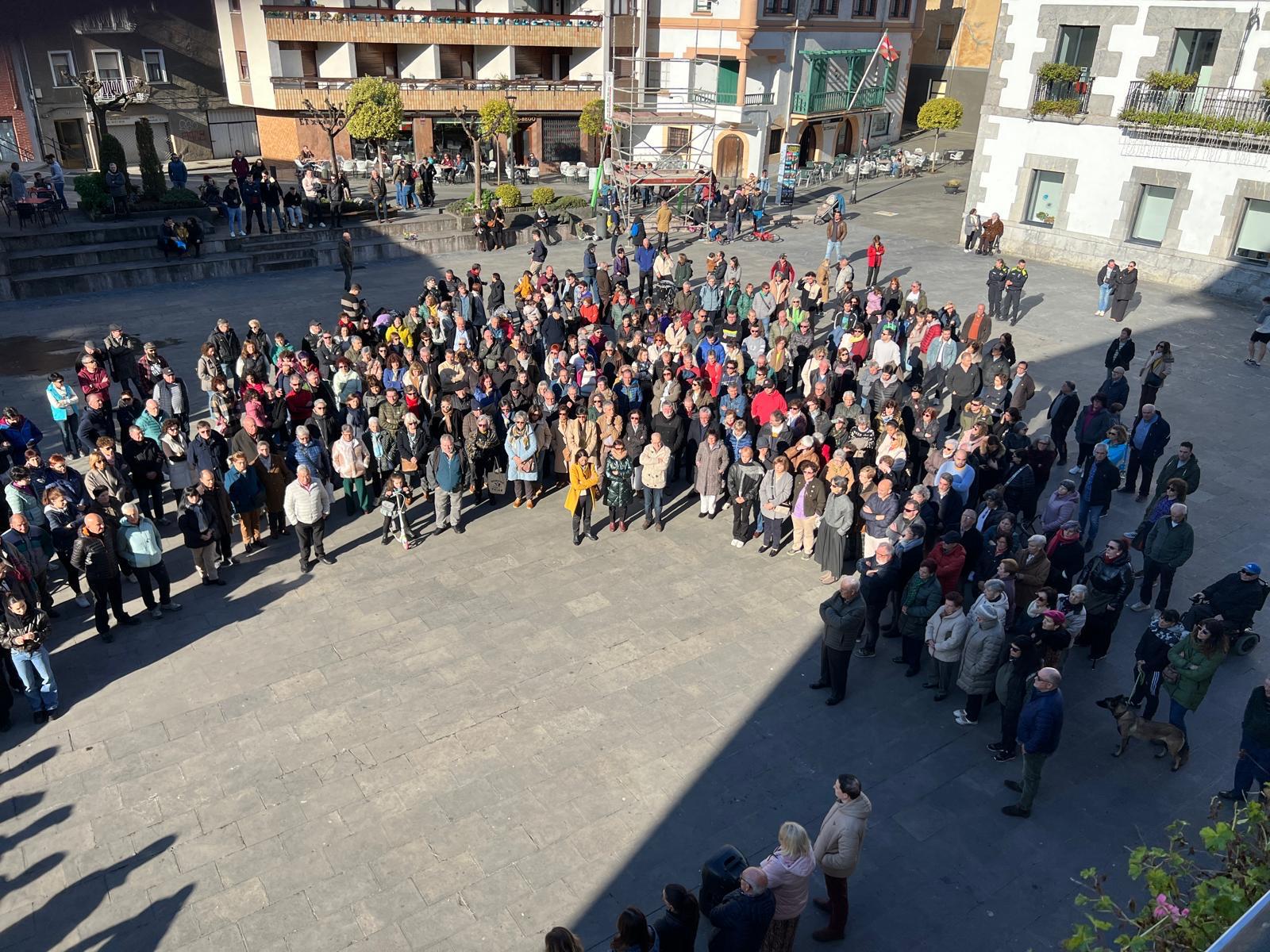
.jpg)




